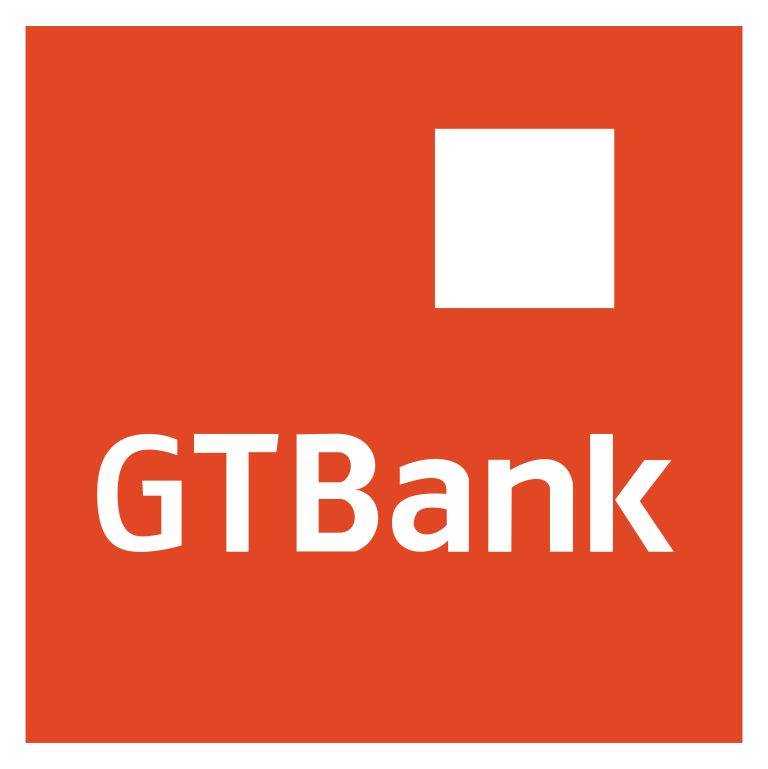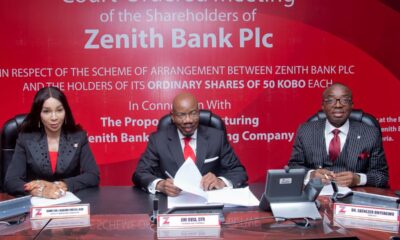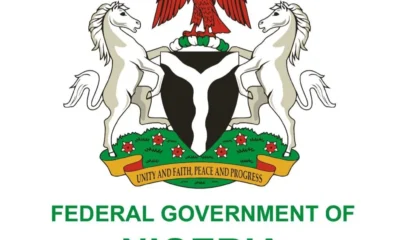Business
How GTB Is Pushing Austerity Measures To Keep Profit

Emmanuel Aziken reporting
Has GTB, one of the banks that deployed cutting edge technology to report double-digit returns years ago reached the maturity phase of its growth cycle?
That is the tempting question in the wake of pointers from the bank’s 2019 nine-month unaudited results that have been submitted to the Nigerian Stock Exchange.
Cutting costs is a favourite option for a company that has grown through the marketing phases of introduction and growth unto the plateau of a matured company and is beginning to struggle for profit.
GT’s net profit crawled at 3.4% to N146.9 billion for the nine-month period ended September 2019; a far cry from the rosy double-digit returns of yore.
The slow growth was in part helped by the decline in interest income which slipped from N237.5 billion to N224. 1 billion.
Not surprisingly, the comparable cost cutting approach including almost a one billion naira cut in personnel cost may prompt the question as to the digital GT having approached its maturity phase in the business cycle. Indeed, personnel cost came down from N28.1 billion to N27.2 billion.

Even more, despite the decline in interest income, even sharper cuts in interest expenses helped the bank to project an overall marginal gain in net income which moved 1.3% from N170.6 billion to N172.9 billion.
The reduction in interest income was largely covered up by the steep rise in income from commissions and fees which leaped in double figures.
The bank just like days of yore reaped much in fees from electronic channels and related e-commerce channels.
The seeming austerity measures in GTB resulted in a 2.2% decrease in operating expenses, another factor that helped to push profits up, albeit marginally.
However, other indices and ratios posted by the bank including Capital Adequacy Ratio 23.6% well above the minimum 16% stipulated by the apex bank indicated a healthy and admirable ongoing concern.
The crawling growth may be reflective of the strong pressures on the national economy as reflected in the fiscal policies of the government.
Nonetheless, the bank remains strong despite failing to meet the CBN’s September deadline of attaining a 60% Loan to Deposit Ratio.
With increased provisions for bad loans in 9 months of 2019, the bank could be tempted to turn its latent energies to again spur growth and if not sustain credible indicators in its maturity phase.
Send Us A Press Statement Advertise With Us Contact Us
And For More Nigerian News Visit GWG.NG














